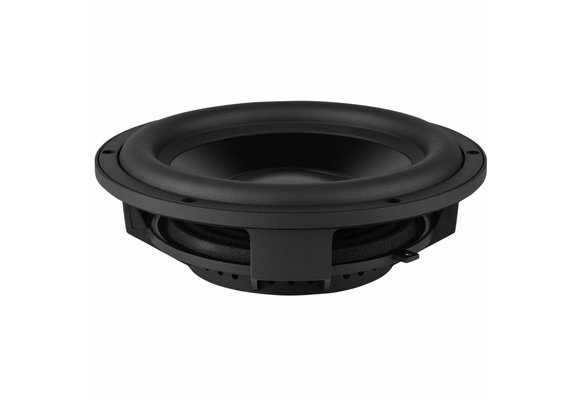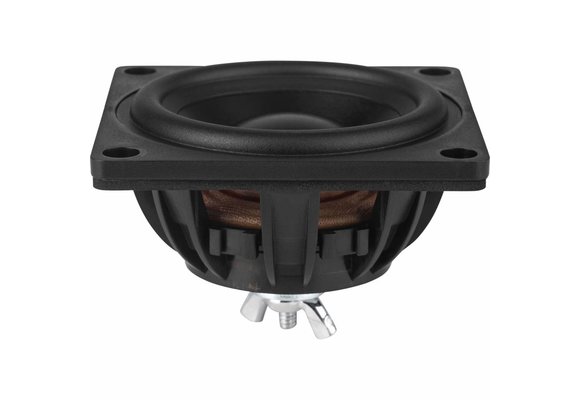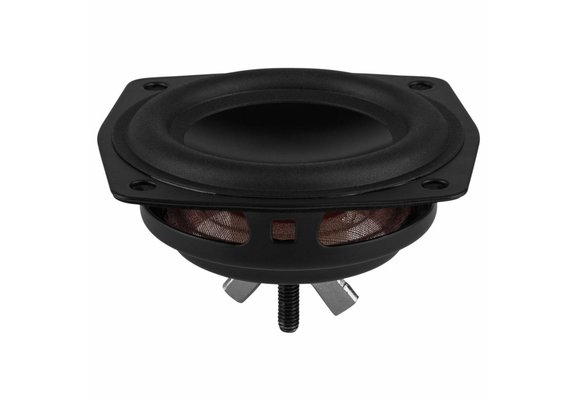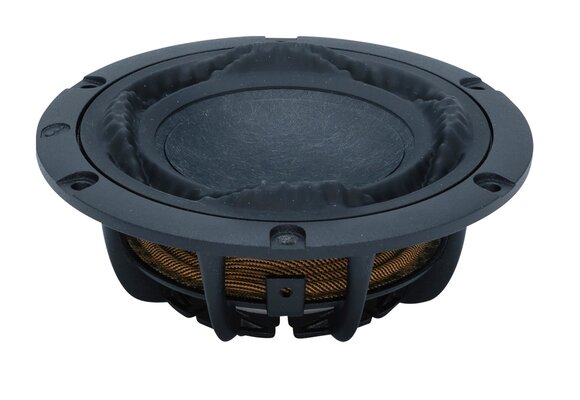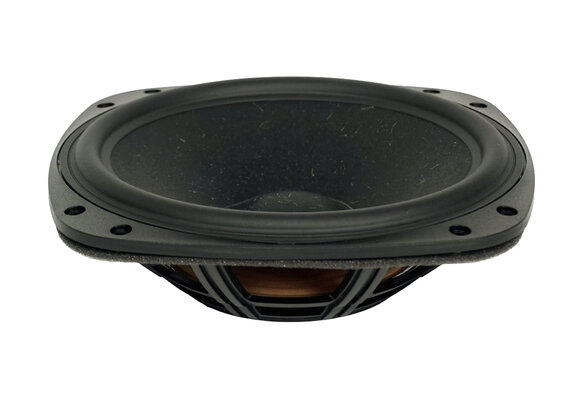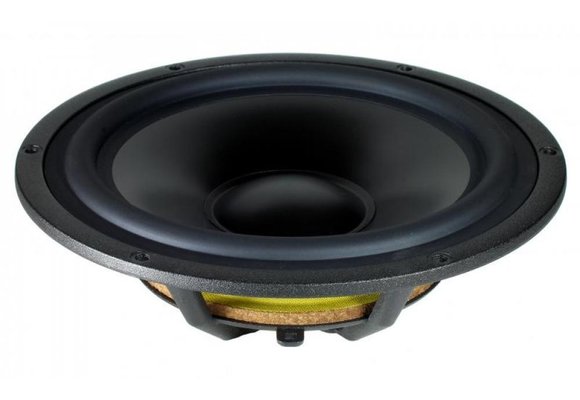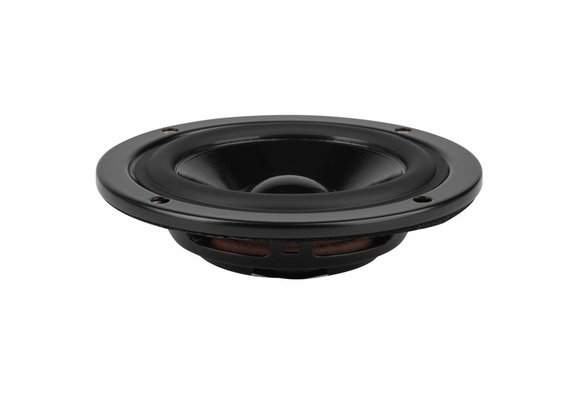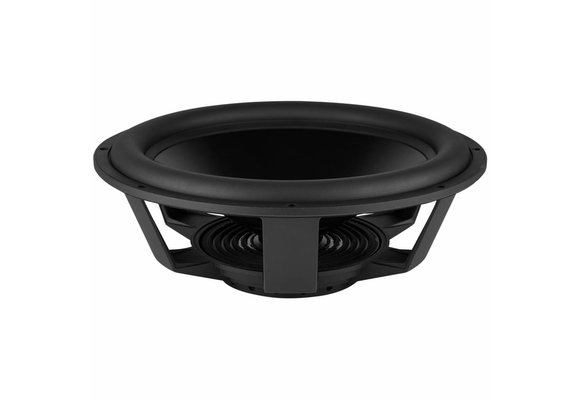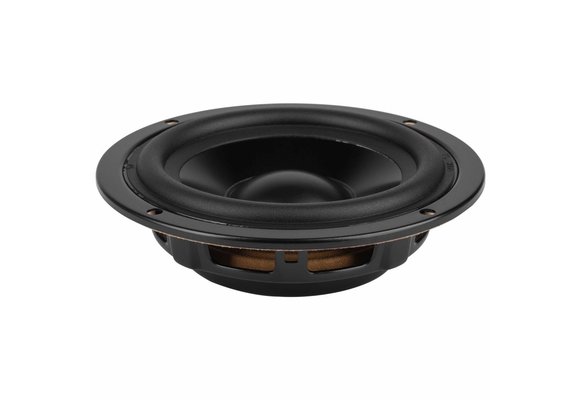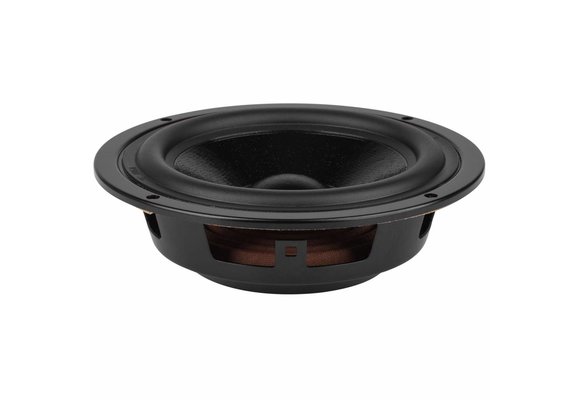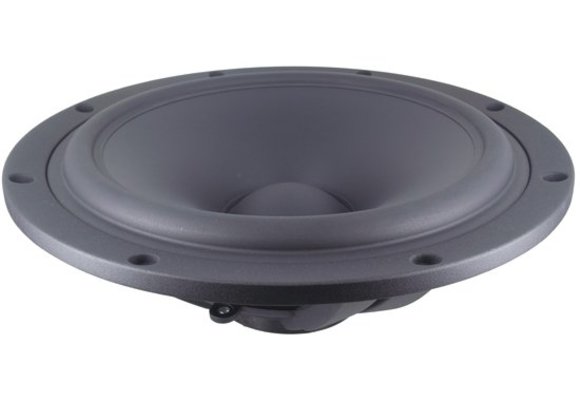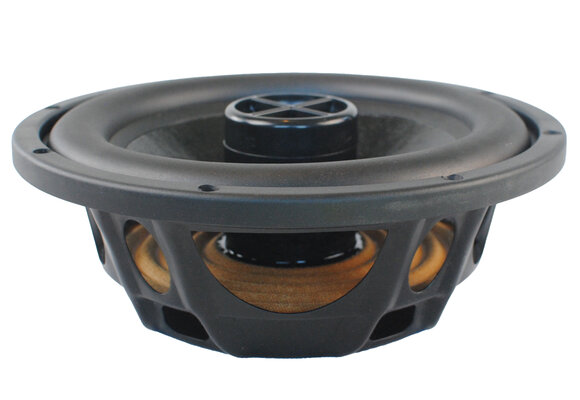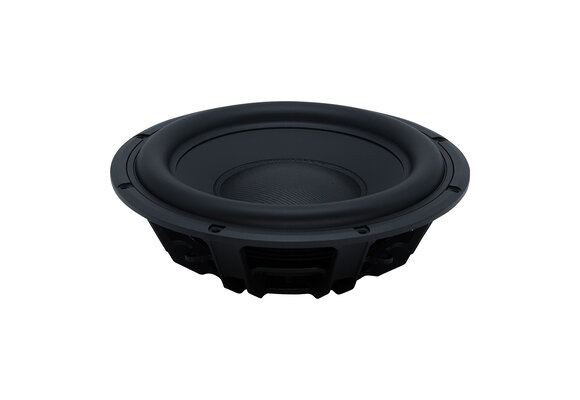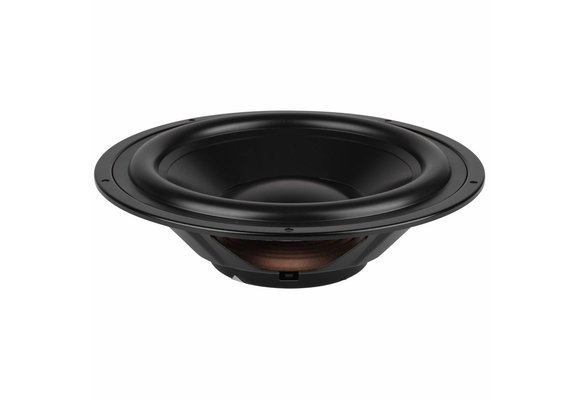What is a Passive Radiator?
Passive Radiators are becoming quite popular in especially portable speaker systems over the past years. Every speaker usually consists of the same type of components. There are multiple active speaker drivers installed, such as woofers or tweeters, to cover the full frequency range of the human hearing. These drivers are installed in a speaker cabinet, mostly made from wood, such as MDF, combined with either active or passive electronic components such as crossover components or amplifier modules. Most speakers are also equipped with a port or vent for air pressure to pass through.
The audio components combined amplify and recreate sound, while the ports on the back regulate the air pressure created in the cabinet. This is where passive radiators become interesting. In modern speakers, the passive radiator often replaces the bassreflex port tube. Although a passive radiator looks almost identical to an active driver, they cannot replace another, only complement each other.
A passive radiator is identical in design of an active loudspeaker, except that it is missing a voice coil and a magnet. A passive radiator is also not wired to an electrical circuit or power amplifier. Instead, they are powered by the created air pressure inside the speaker cabinet.
Passive Radiator vs Port
Passive radiators, also known as drone cone, make it possible for the active woofer in the speaker cabinet to recreate deep, resonant tones that could usually only come from loudspeakers with a large cabinet and AC power. A passive radiator is an efficient way of getting more power and deeper frequencies out of a compact speaker system. Passive radiators also eliminate the chances of port tube noises, called chuffing, associated with bassreflex port tubes. Furthermore, passive radiators recreate sound to exit the cabinet similarly to a bassreflex port tube, but with one crucial distinction - they permit a larger range of frequencies to be recreated since they lack a resonance frequency like bassreflex port tubes do.

 Home audio
Home audio  Audio components
Audio components  Crossover components
Crossover components  Test & measurement
Test & measurement  DIY kits
DIY kits  Accessories
Accessories  New products
New products  Speakers
Speakers Amplifiers
Amplifiers DAC converters
DAC converters DSP modules
DSP modules Turntables
Turntables Streamers
Streamers Woofers
Woofers Tweeters
Tweeters Exciters
Exciters Bass shakers
Bass shakers Plate amplifiers
Plate amplifiers Amplifier modules
Amplifier modules Single board computers
Single board computers Assembled crossovers
Assembled crossovers Printed Circuit Boards (PCB)
Printed Circuit Boards (PCB) Capacitors
Capacitors Resistors
Resistors Coils
Coils Circuit Breakers
Circuit Breakers Crossover tools
Crossover tools Screw terminals
Screw terminals Acoustic measurements
Acoustic measurements Electric measurements
Electric measurements Sound level meters
Sound level meters DIY amplifier kits
DIY amplifier kits DIY component packs
DIY component packs DIY speaker kit
DIY speaker kit DIY subwoofer kits
DIY subwoofer kits DIY bluetooth speaker
DIY bluetooth speaker DIY electronics kits
DIY electronics kits Binding posts
Binding posts Cabinet Hardware
Cabinet Hardware Cables
Cables Connectors
Connectors Speaker cabinets
Speaker cabinets Electromechanics
Electromechanics Power supplies
Power supplies Speaker repair
Speaker repair Workshop & tools
Workshop & tools Amplifier accessories
Amplifier accessories Stands & mounts
Stands & mounts Gift voucher
Gift voucher Books
Books New products
New products








 Speakers
Speakers Amplifiers
Amplifiers DAC converters
DAC converters DSP modules
DSP modules Turntables
Turntables Streamers
Streamers Woofers
Woofers Tweeters
Tweeters Exciters
Exciters Bass shakers
Bass shakers Plate amplifiers
Plate amplifiers Amplifier modules
Amplifier modules Single board computers
Single board computers Assembled crossovers
Assembled crossovers Printed Circuit Boards (PCB)
Printed Circuit Boards (PCB) Capacitors
Capacitors Resistors
Resistors Coils
Coils Circuit Breakers
Circuit Breakers Crossover tools
Crossover tools Screw terminals
Screw terminals Acoustic measurements
Acoustic measurements Electric measurements
Electric measurements Sound level meters
Sound level meters DIY amplifier kits
DIY amplifier kits DIY component packs
DIY component packs DIY speaker kit
DIY speaker kit DIY subwoofer kits
DIY subwoofer kits DIY bluetooth speaker
DIY bluetooth speaker DIY electronics kits
DIY electronics kits Binding posts
Binding posts Cabinet Hardware
Cabinet Hardware Cables
Cables Connectors
Connectors Speaker cabinets
Speaker cabinets Electromechanics
Electromechanics Power supplies
Power supplies Speaker repair
Speaker repair Workshop & tools
Workshop & tools Amplifier accessories
Amplifier accessories Stands & mounts
Stands & mounts Gift voucher
Gift voucher Books
Books New products
New products
